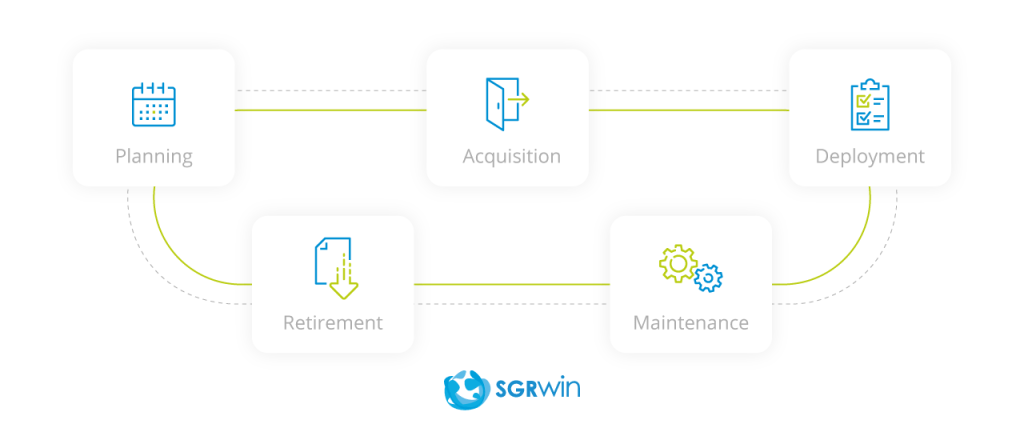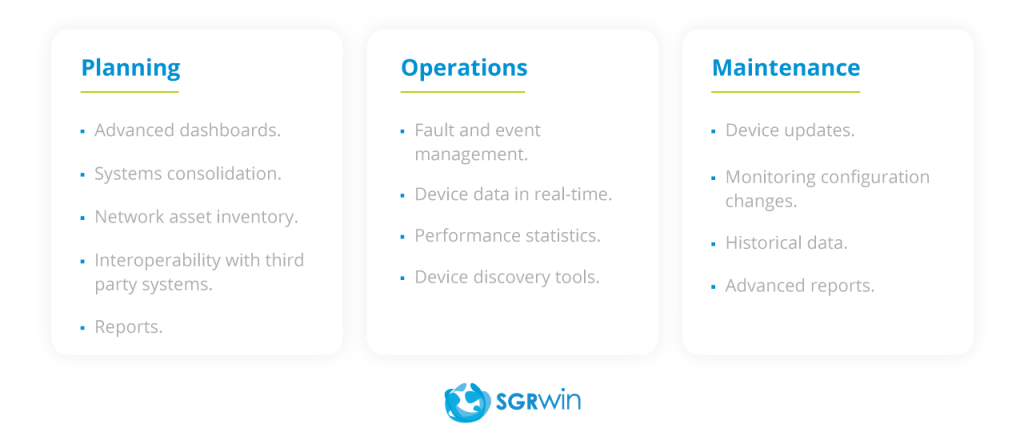11 Aug 2022
ITAM is a fundamental process to increase the value of the components that make up a network. Many professionals think that all they need is to know what is available on their network and have it on a spreadsheet is enough. But they are wrong!
What is IT network asset management (ITAM)?
IT Asset Management (ITAM) is a set of practices that make up a complex management process. ITAM involves a number of actions. Some of them are as follows:
- Account for existing and in-stock items
- Keep an inventory of network components
- Install required items and properly manage configurations and changes
- Carry out correct and profitable maintenance
- Systems updates and have access to an update log
- Replace and substitute items or assets whose life cycle has ended
In the end, ITAM empowers you to do many things; control finances, inventory, documentation and a complete log of your assets life cycle, your economic investments, have a maintenance plan that will not bankrupt your company and allow you to make informed decisions.
ITAM: This is what it covers
IT assets can be classified in two broad categories; hardware and software. In the past decade some new systems have been developed which are managed in the cloud, adding a new category.
Whithin the software category we can find assets such as SO, databases, programming and management systems, office suites, antiviruses, etc.
In what relates to hardware, here is where all the tangible assets can be found; laptops, printers, mobile devices, routers, CPUs, hard disks, phones, etc.
Life cycle management process for IT asset
All the components that make up a network have a predetermined life cycle. It is crucial to follow a procedure to control and manage the life cycles of one’s assets.

Planning
As Dale Carnegie once said: “An hour of planning can save you 10 hours of doing”. At SGRwin we couldn’t agree more.
The planning applied to ITAM does not only mean planning the assets that you will use logically, but it is key to define one´s objectives, use, where they will be obtained and determine how they will be paid for.
Purchasing
Not all assets are bought. Some are developed internally or developed by a third party. SaaS can also be a good alternative, as well as licenses or other options. It all really depends on the type of components you need and if the ROI will be adequate.
Deployment and integration
Once a plan is put in place, and the assets have been purchased, the next step is to implement it into one´s infrastructure, making sure that it is working correctly, in sync with the other systems, ensuring interoperability and, finally, adding it to the list of available assets in the inventory.
Maintenance
It has been proven, repeatedly, that a correct maintenance plan can prolong the life cycle of your assets. Repairs, upgrades and revisions are key tasks.
Removal
Sooner or later the life cycle of all assets comes to an end. Equipment is not only retired when it no longer works. Sometimes replacement is cheaper than the maintenance cost of the original asset or its current value – It is then when it has to be replaced. Obsolete equipment can provoke serious security breaches that could be very costly.
The reason ITAM is important for your business
- Provides a consolidated information system regarding all your asset
- Greater visibility of your network asset
- Budgetary savings and maintenance costs
- Reports to assist audits and make decisions
- Save time
- Control available stock
- Make informed decisions based on relevant Information
- Complete inventory and automated with self-discovery
- Assistance in planning network expansion
- Increase security and give support to audits and regulatory compliance
How can SGRwin help you manage your IT network assets?
SGRwin is the perfect tool to give support to all phases of ITAM
- Planning: advanced dashboards, systems consolidation, network asset inventory, interoperability with third party systems, reports, etc.
- Operations: manage faults and events, device data in real-time, performance statistics, device discovery tools, etc.
- Maintenance: device updates, configuration monitoring changes, historical data, advanced reports, etc.

